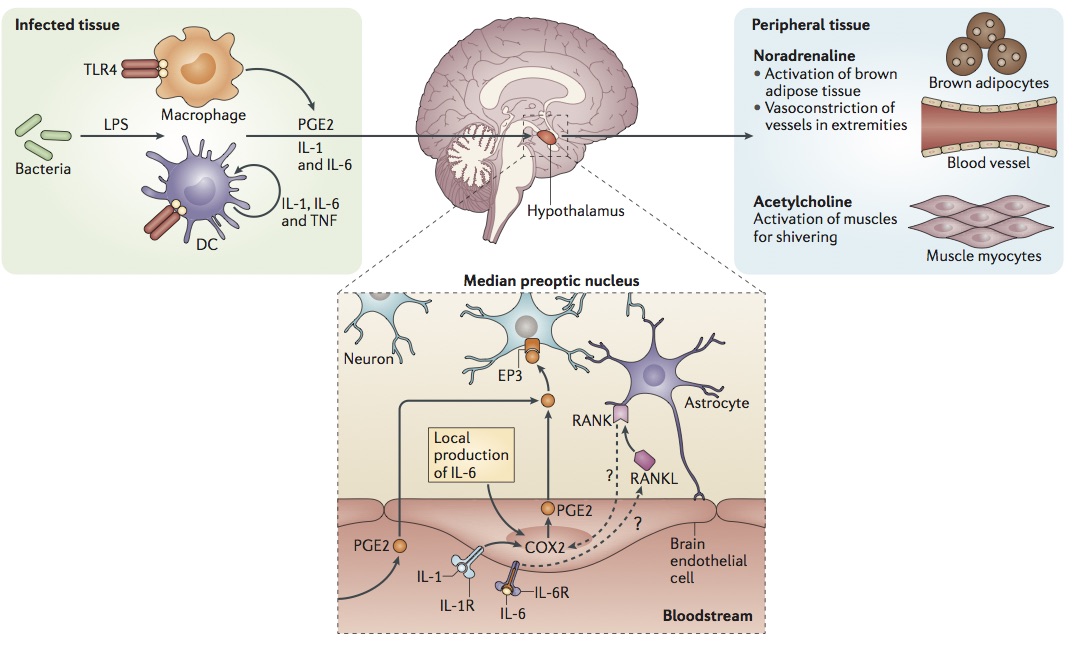In today's page of Talmud we read about the treatment for the delayed onset of puberty:
כי אתו לקמיה דרבי חייא אי כחוש אמר להו זילו אבריוהו ואי בריא אמר להו זילו אכחשוהו דהני סימנין זמנין דנתרי מחמת כחישותא וזמנין דנתרי מחמת בריותא
Whenever people came to Rabbi Hiyya [with a case of a man who had not developed pubic hair] he would tell them, if [the man was] thin, ‘Let him gain weight’; and if they were overweight he would say ‘Go lose weight’; for these signs [of sexual maturity] are sometimes delayed as a result of emaciation and sometimes as a result of obesity. (Yevamot 97a)
Rabbi Hiyya probably lived in the second half of the second century, and the treatment he suggested is one of the earliest examples associating nutritional status and delayed puberty. Elsewhere in the Talmud we find this statement attributed to Rava, who died around 350 CE. But whoever suggested it first, I have found nothing in the works of Hippocrates, Aristotle and Galen that address this issue, so this association does not appear to have been a widely held belief in antiquity that was simply being echoed in the Talmud.
There has been some discussion of what appears to be the increasingly earlier onset of puberty in girls. In fact, menarche, (the age of a girl's first menstrual period) has been steadily decreasing by a consistent three years per century of record keeping. However, R. Hiyya was addressing not the early onset of puberty in girls, but its delayed appearance in boys. He noted that this delay was sometimes related to extremes of nutritional status, and so in these cases, was amenable to intervention.
“R.Hiyya may have been the first first to report an association of obesity and delayed puberty in boys.”
R.Hiyya was on to something. He (or Rava) may in fact have been the first to report an association between obesity and delayed puberty in boys. This association has been confirmed by several studies which found that obesity has different effects on puberty in boys and girls. In girls, obesity is associated with earlier puberty, while in boys it has the opposite effect, and delays sexual maturation. But it was not until 2010 this association was confirmed by a longitudinal population-based study. This reported that a "higher BMI z score trajectory" (i.e. obesity) during early to middle childhood may be associated with later onset of puberty among boys.
The finding that puberty may be delayed in boys who are underweight has also been confirmed. As far as I can tell, none of the researchers has credited Rava (who died around 350 CE.) or Rabbi Hiyya for being the first to notice these associations. But they were first, and firsts count for something in science.




